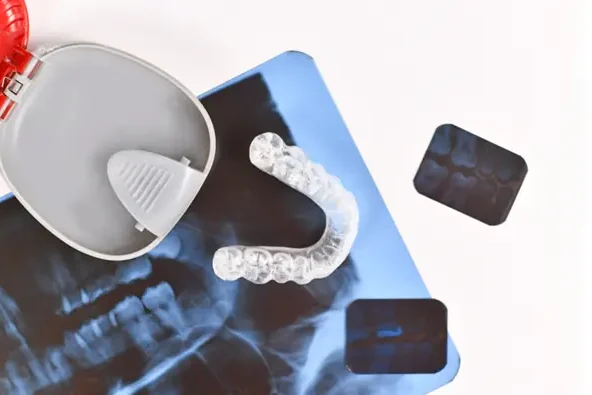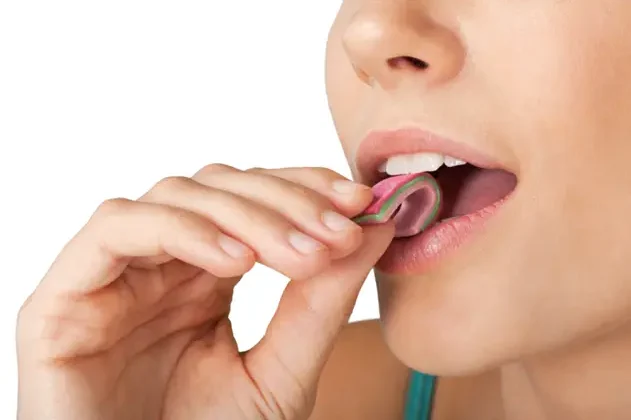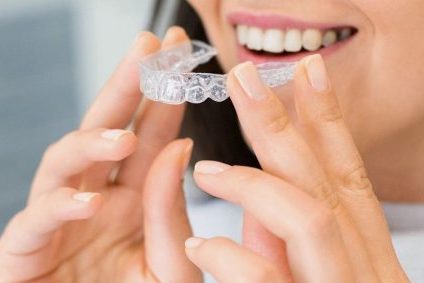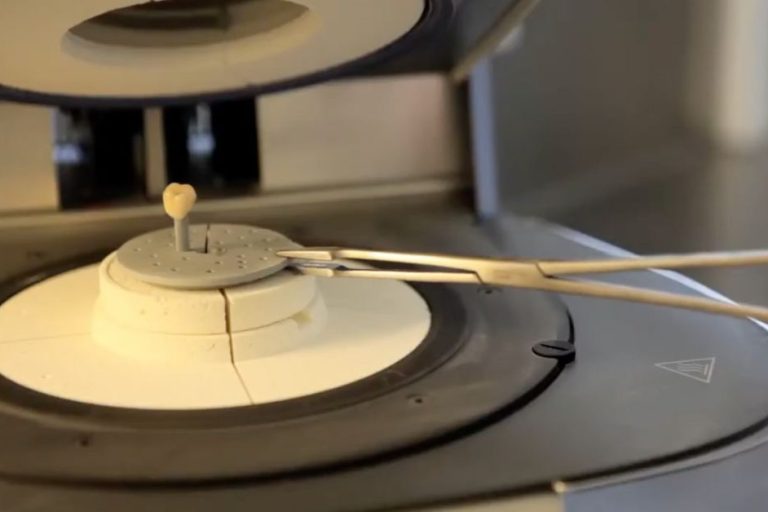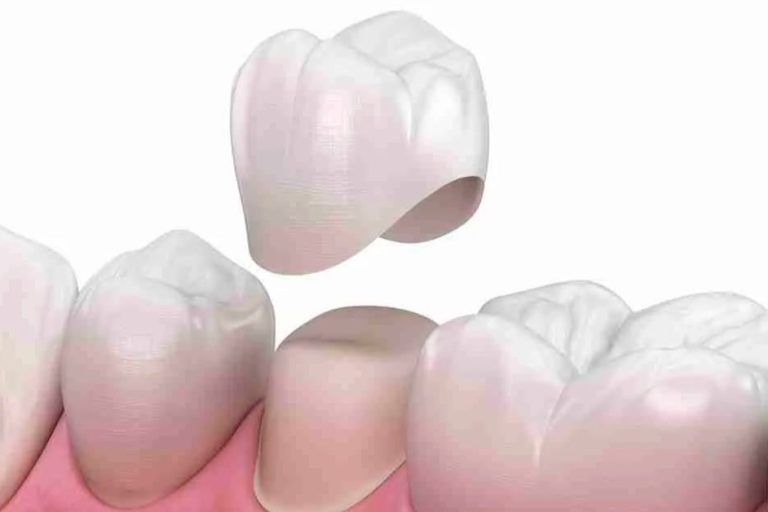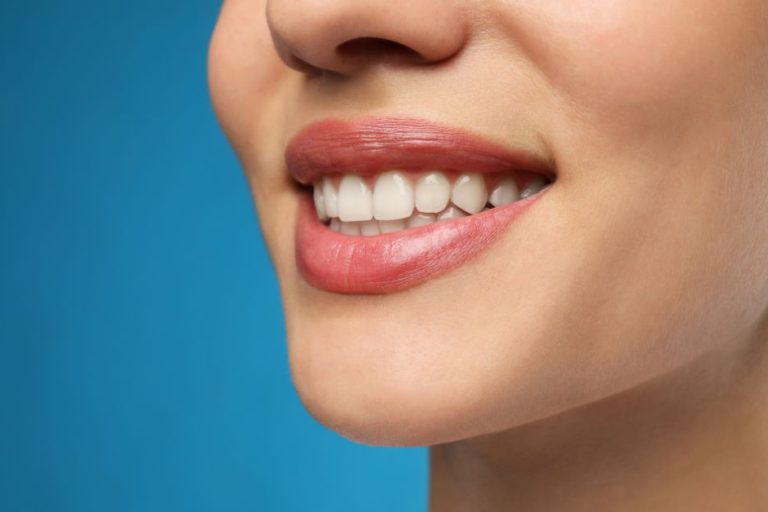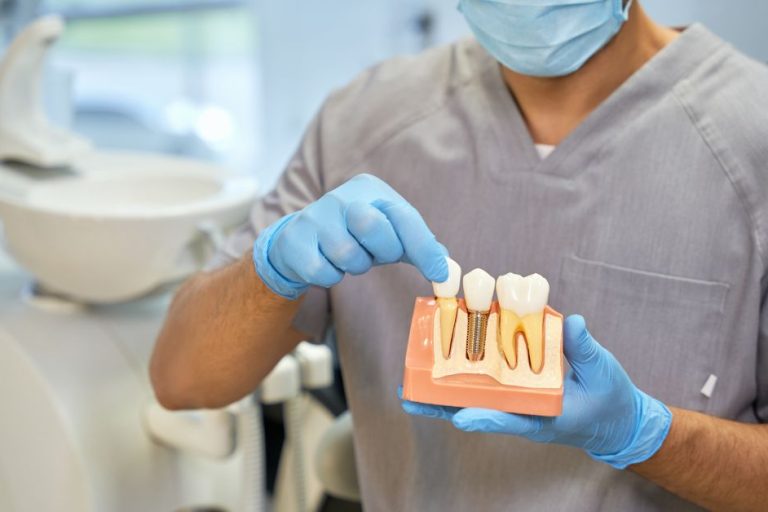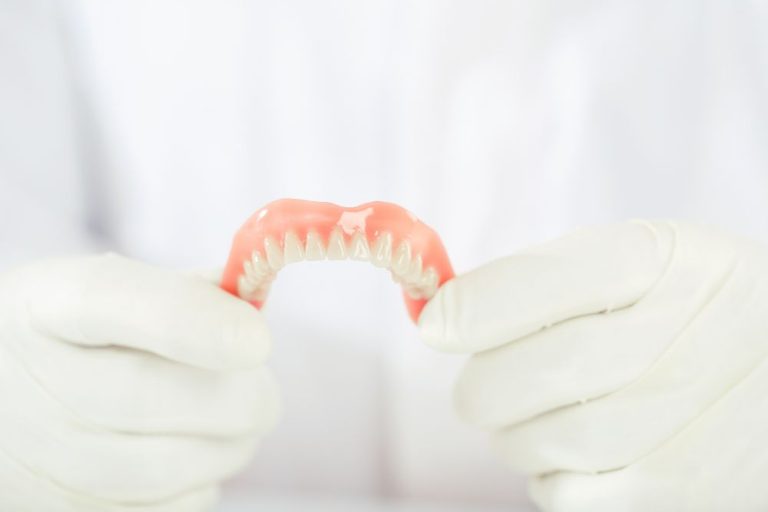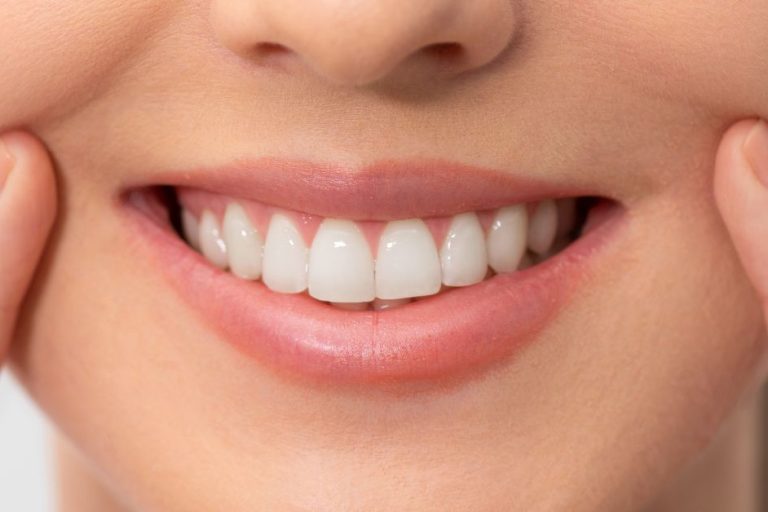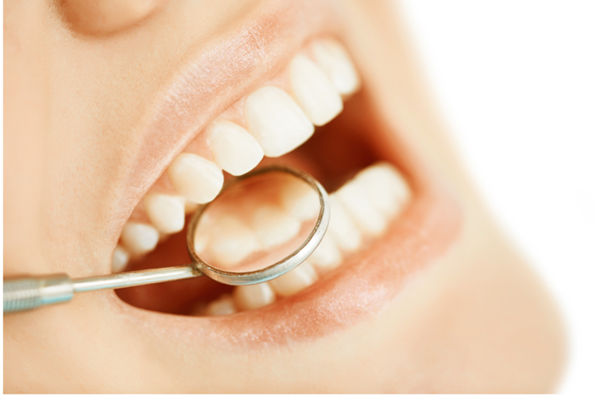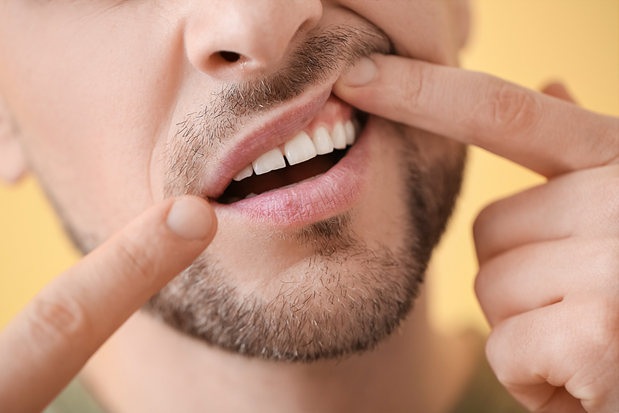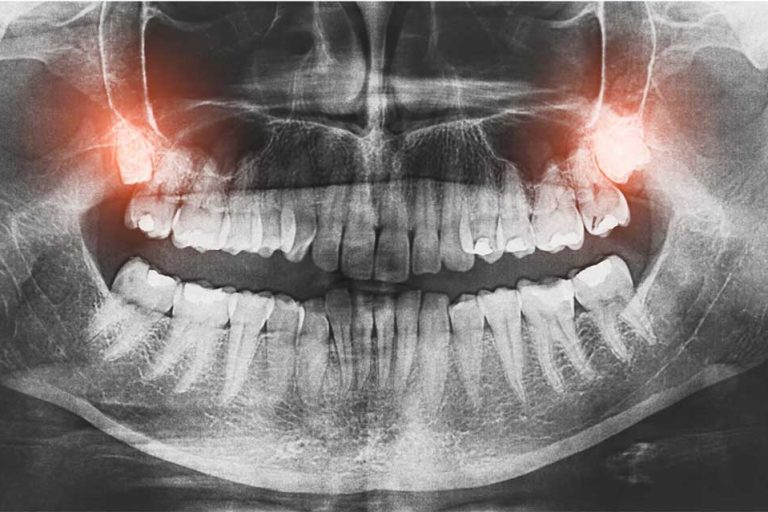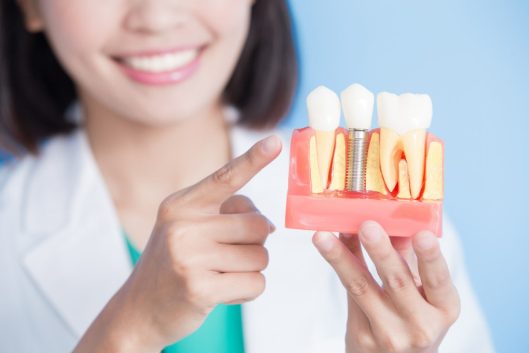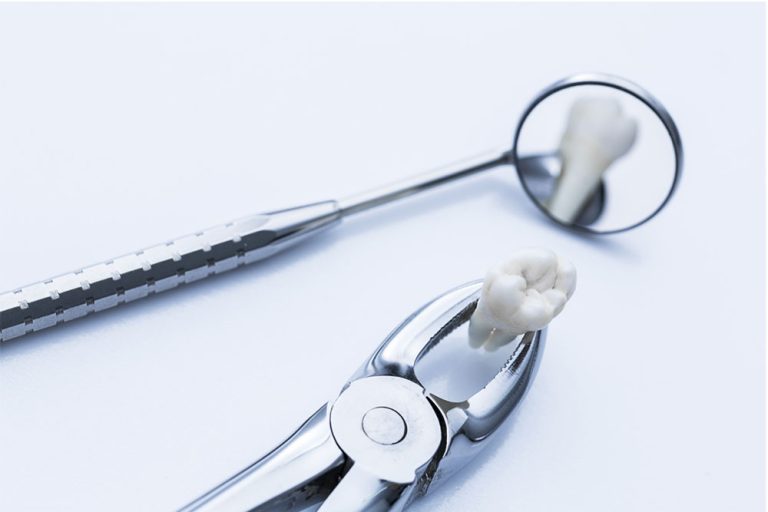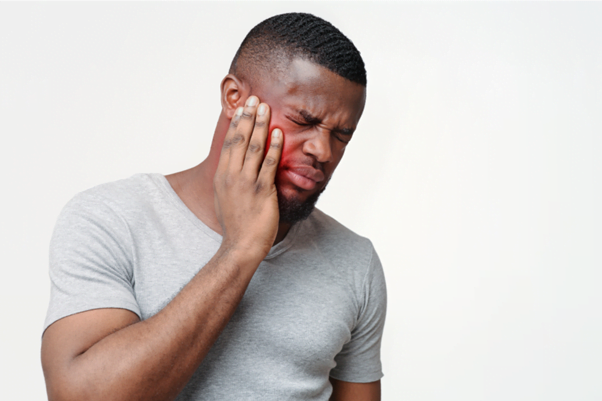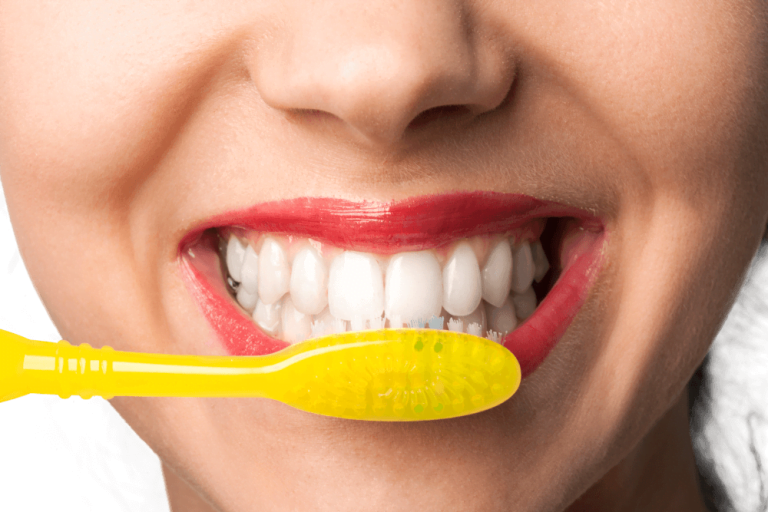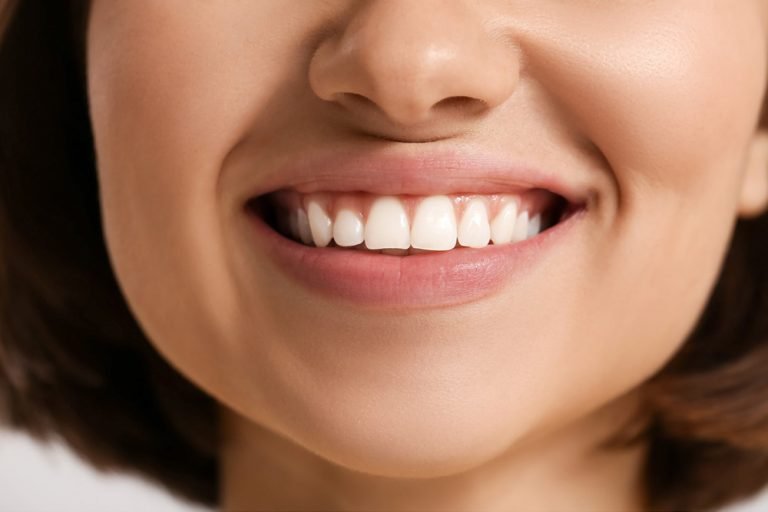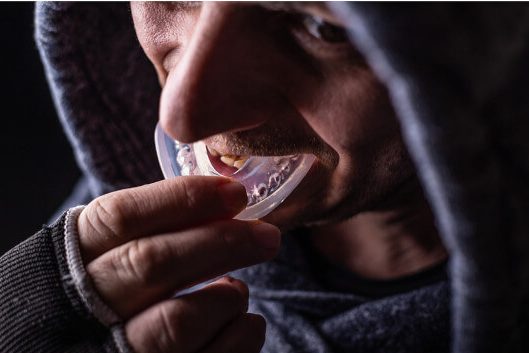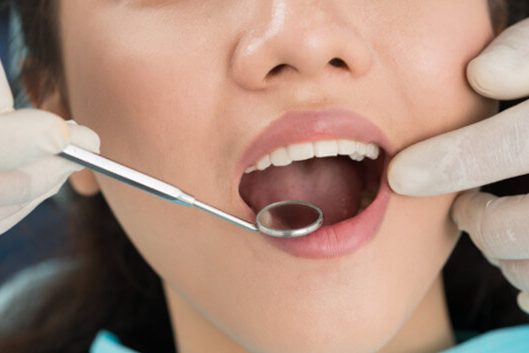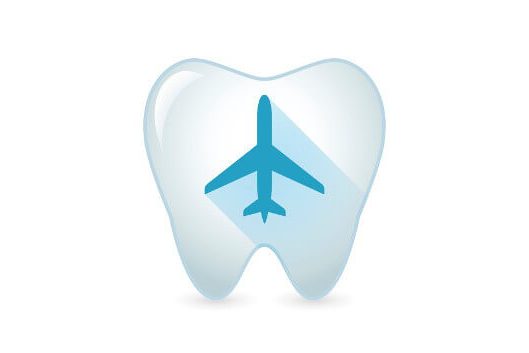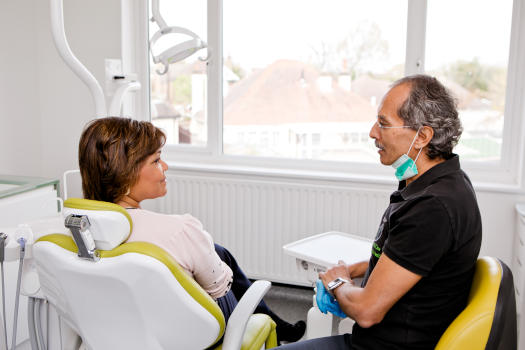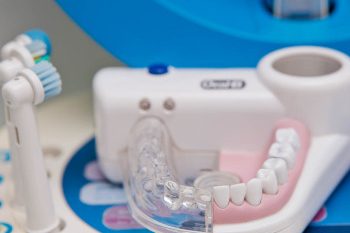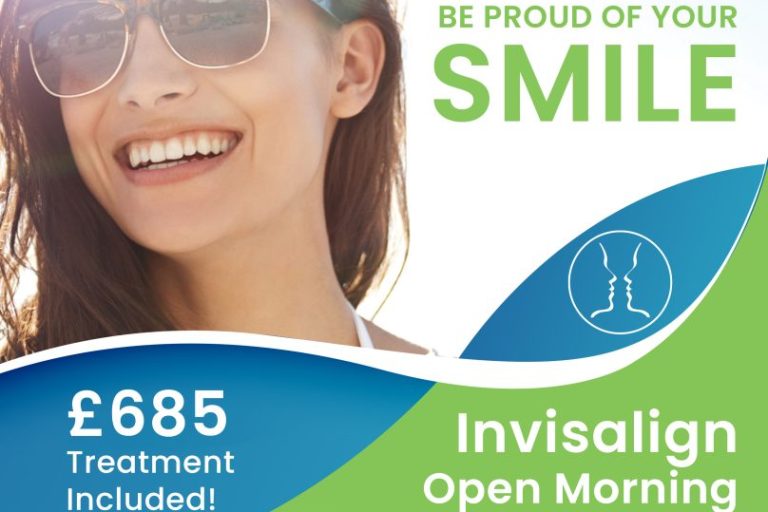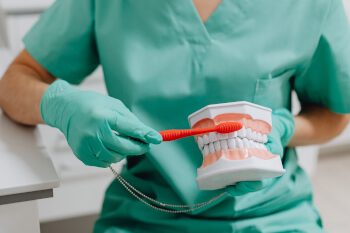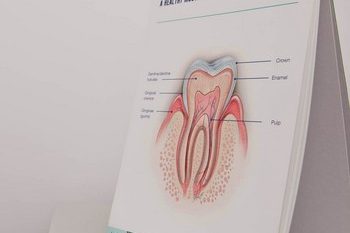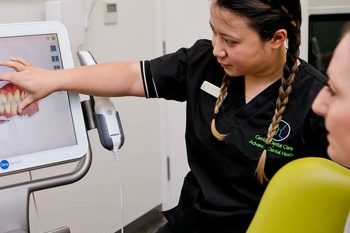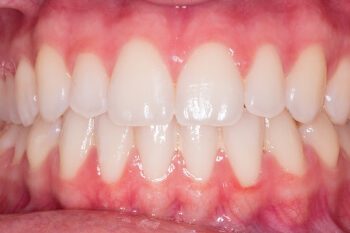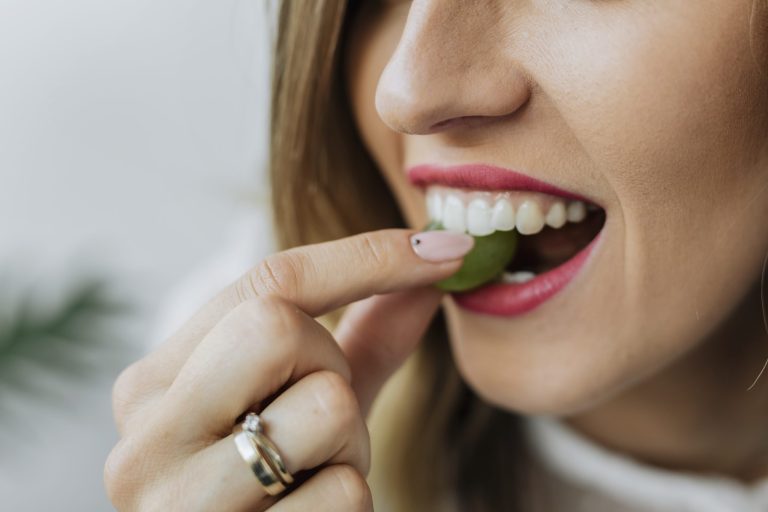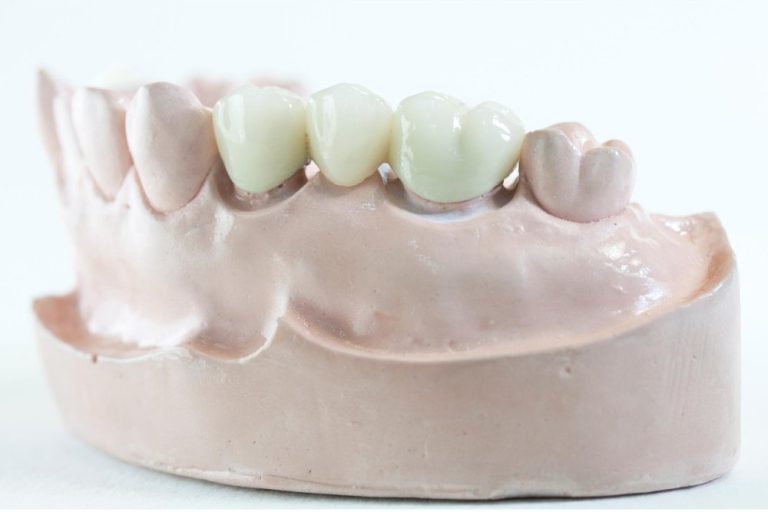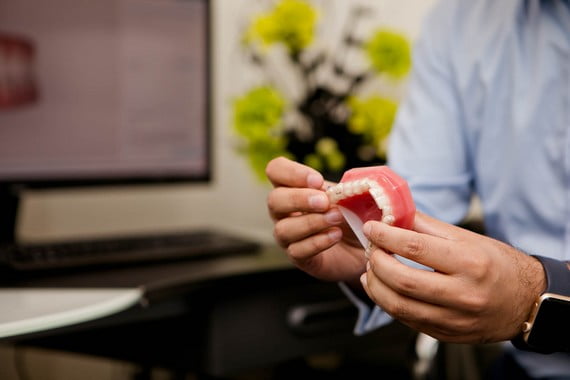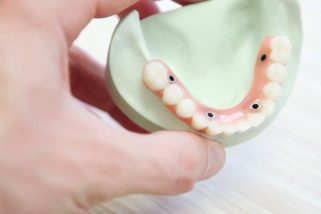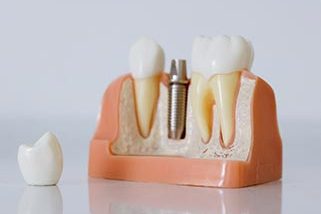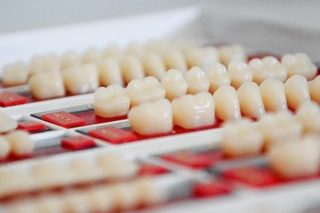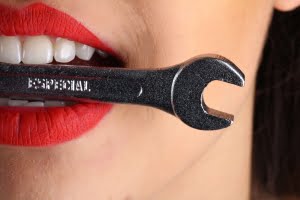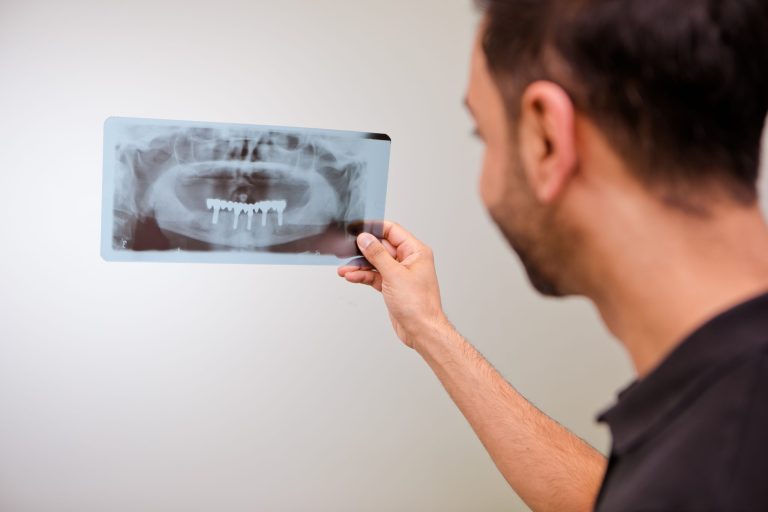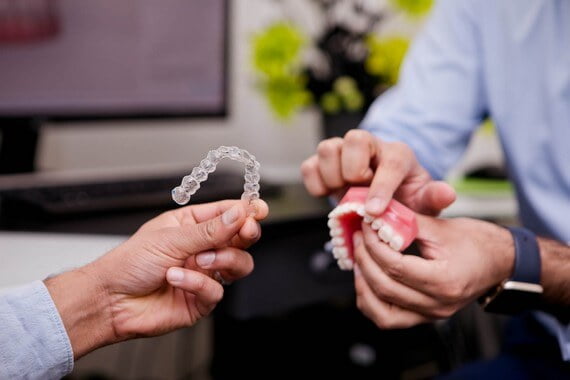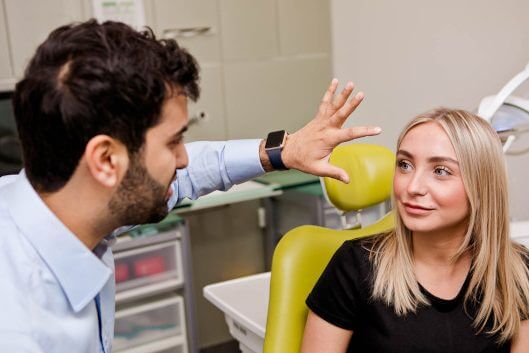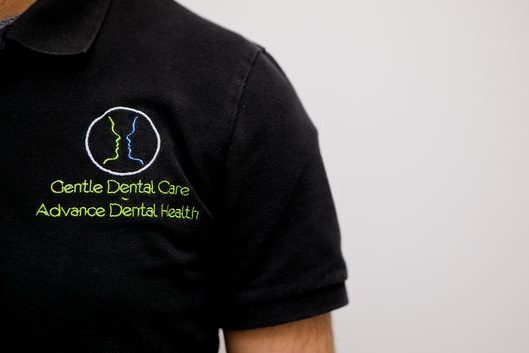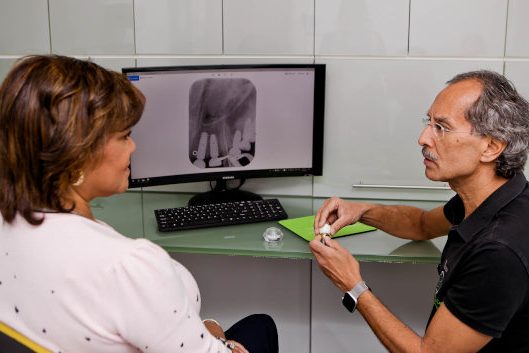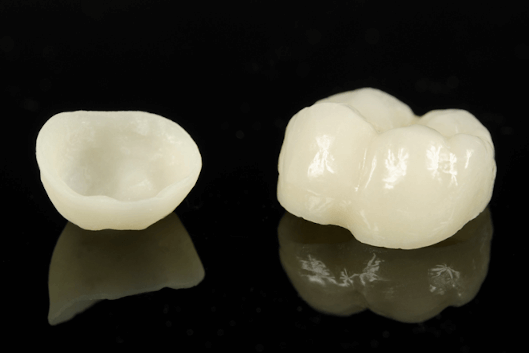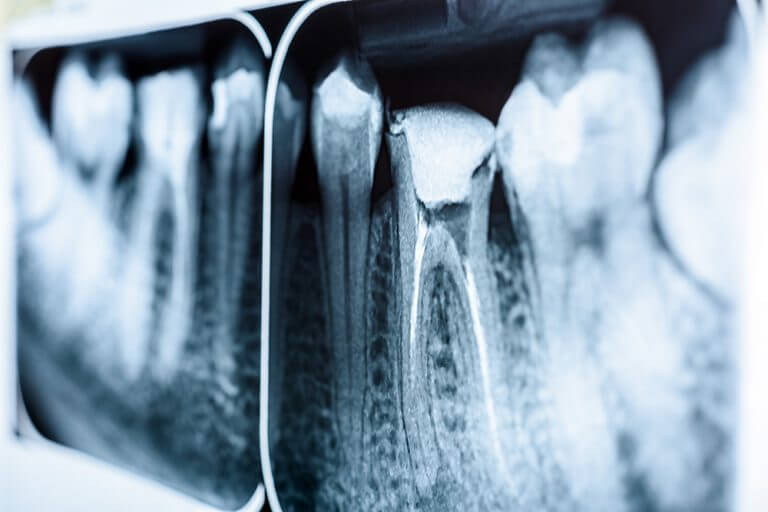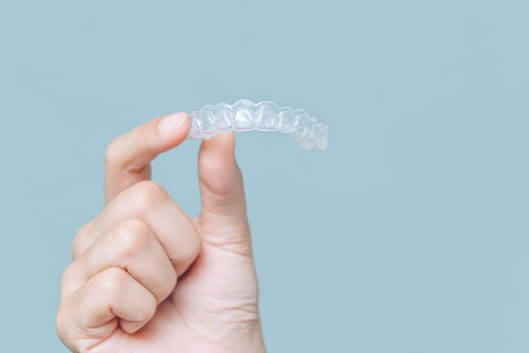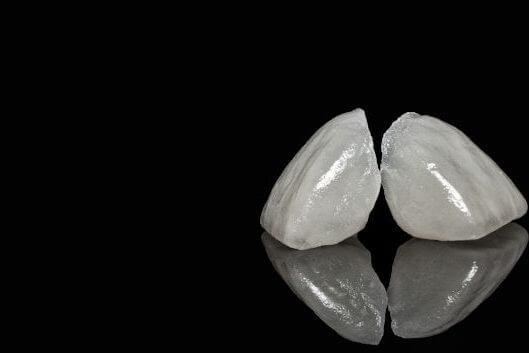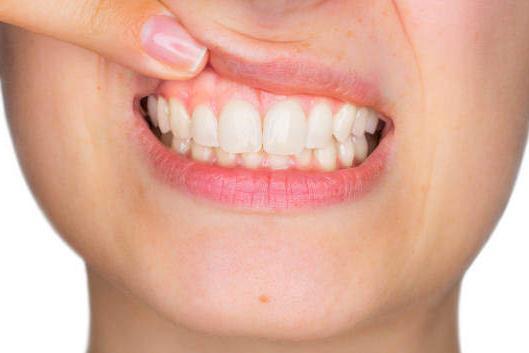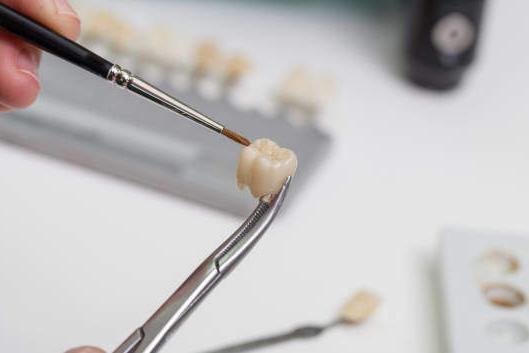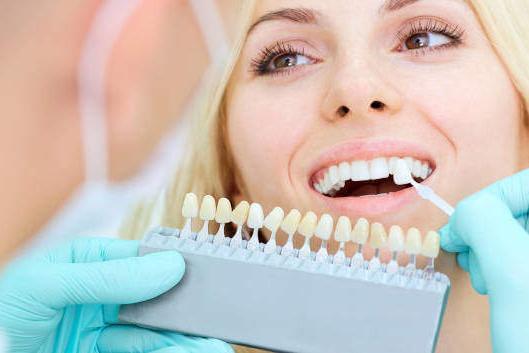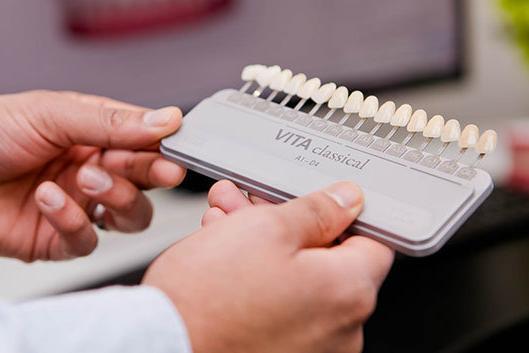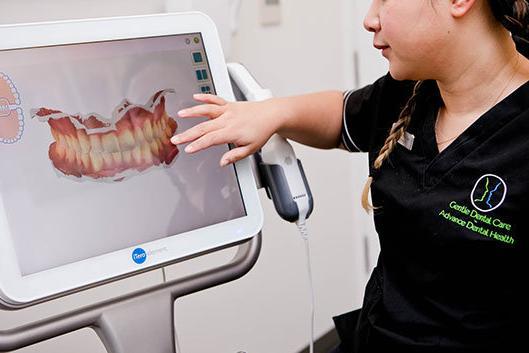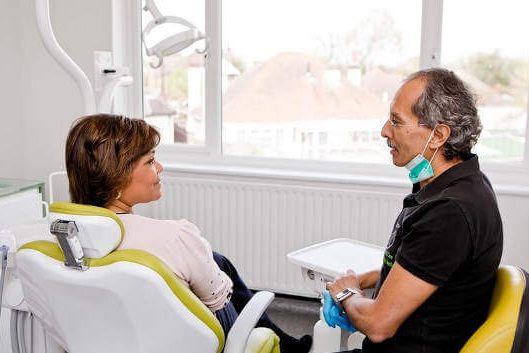Does Invisalign Hurt?
Are you considering Invisalign but are worried about how painful it might be?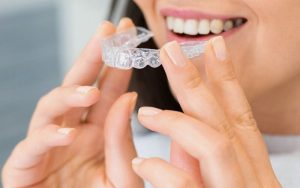 You’re not alone!
You’re not alone!
Many people considering Invisalign have questions about potential discomfort associated with the treatment. In this article, we’ll discuss what to expect during your Invisalign treatment and how you can manage any discomfort that may occur. We’ll also provide information on the possible benefits of choosing Invisalign over more traditional braces and look at other alternatives available if you’re concerned. So, does Invisalign hurt? Read on to find out!
What is Invisalign?
Invisalign is an innovative orthodontic treatment that utilises clear, removable aligners to gradually shift teeth into their desired positions without the need for traditional metal braces. It’s a great option for those who want to straighten their teeth without having to deal with the discomfort and visibility of metal braces. The aligners are made from a smooth plastic material that fits snugly over your teeth, making them virtually invisible when worn. They’re also easy to remove when eating or brushing your teeth, so you don’t have to worry about food getting stuck in your braces or having difficulty cleaning them.
The process of using Invisalign is simple and straightforward. Your dentist will take impressions of your teeth and create a customised set of aligners based on these impressions. You’ll then wear each set of aligners for two weeks before switching out for the next one in the series. As you progress through each set, your teeth will slowly move into their desired position until they reach the final result you desire.
Another thing to keep in mind is that Invisalign can cheaper or comparative in terms of investment when considering traditional metal braces but has the benefit of high quality, custom-made aligners which give greater comfort and convenience. This means excellent results in terms of straightening crooked or misaligned teeth can be achieved with often more comfortable experience compared to traditional braces.
In addition, Invisalign requires fewer visits to the dentist than traditional braces since there’s no need for tightening or adjustments as you progress through each set of aligners. This makes it easier and more convenient for busy individuals who may not have time for regular dental appointments throughout their treatment period. All in all, Invisalign is an excellent choice if you’re looking for an effective way to straighten your teeth without sacrificing comfort or convenience during the process.
What to Expect During Treatment
You may experience some discomfort when you first start wearing your aligners, but it should subside quickly as your teeth adjust to the treatment. Invisalign is designed to be comfortable and discreet, so you won’t have to worry about metal brackets or wires irritating your mouth. During treatment, you’ll need to wear your aligners for at least 22 hours a day in order for them to work properly. You’ll also need to visit your dentist every 6-8 weeks for check-ups and adjustments.
It’s important that you follow all of the instructions given by your dentist during treatment in order for it to be successful. This includes brushing and flossing regularly, avoiding hard foods like sweets and nuts, and not smoking while wearing the aligners. If you don’t follow these instructions, it could lead to longer treatment times or even damage the aligners themselves.
Invisalign can take anywhere from 3 months up to 2 years depending on how severe the misalignment is. During this time, you may feel slight pressure as your teeth are gradually shifted into place. This pressure is normal and should not cause any pain or discomfort if worn correctly.
At the end of treatment, you’ll be able to enjoy a beautiful smile with straight teeth! Your dentist will provide retainers that will help keep your teeth in their new position after Invisalign has been removed. With proper care and maintenance of both the aligners and retainers, you can expect long-lasting results from Invisalign!
Possible Discomfort Associated with Invisalign
Invisalign works by applying a low-level, controlled pressure on your teeth to shift them into place, but it shouldn’t be painful. It’s normal to have some discomfort when you first put in a new aligner set and after adjustments, but this should subside gradually within a few days. If the discomfort persists for more than a few days, consult with your dentist to make sure everything is going as expected with your treatment plan.
Your dentist may suggest taking an over-the-counter pain reliever such as ibuprofen or paracetamol if needed at any point during the treatment process. Mild soreness of the teeth and gums is also common when wearing Invisalign, however this should not last longer than one week after getting a new set of aligners.
It is essential that you keep up with regular reviews throughout your entire treatment period to ensure that progress is being made without causing any unnecessary pain or discomfort. Your doctor will be able to adjust the aligners or provide additional advice about how to manage any possible discomfort associated with Invisalign.
It’s important to remember that while wearing Invisalign may sometimes cause minor discomfort, this should not be severe enough to interfere with daily activities. With proper care and guidance from an experienced professional, you can expect successful results without having to endure prolonged bouts of pain or discomfort throughout the duration of your treatment plan.
Managing Discomfort
To help you stay comfortable while wearing Invisalign, it’s important to follow your clinical teams instructions and take any necessary precautions. Make sure you wear the aligners for the prescribed amount of time each day, as directed. Wear a retainer when removing the aligners from your mouth to keep them in their proper shape and prevent them from becoming warped. You may experience some minor discomfort during treatment, but it should diminish over time as your teeth adjust to their new position.
Take pain medication if you’re feeling uncomfortable. Over-the-counter anti-inflammatory medications can help reduce pain associated with Invisalign treatment. You may also want to apply a warm compress or an ice pack on either side of your face where the aligners meet your gums, as this can help reduce soreness in that area. If the discomfort persists or becomes intense after a few days of treatment, reach out to your dentist right away for further advice. If your attachments are causing gum irritation, try using dental wax on any areas where they rub against the inside of your mouth. This will provide an extra layer of protection against abrasion and minimise friction between the attachment and gums.
Maintaining good oral hygiene is essential when undergoing Invisalign treatment; brush and floss regularly to remove food particles that could become trapped underneath aligner trays and cause inflammation or infection around teeth and gums. Lastly, be sure to visit regular reviews with your clinical team throughout treatment so they can monitor progress and adjust trays if needed for maximum comfort during use.
Does Invisalign Hurt?
Experiencing some level of discomfort is normal during treatment, but together you and your clinical team can ensure the process is as comfortable as possible. Invisalign is one of the most popular orthodontic treatments today and it’s often chosen because it’s a clear and practically invisible alternative to traditional braces. But does Invisalign hurt? The answer depends on the individual patient and how their teeth are responding to treatment. Some people have reported feeling minor discomfort from pressure when they switch to a new set of aligners. Others have experienced mild soreness in their gums or lips, while still others haven’t felt any pain at all with Invisalign.
In order to make sure that your experience with Invisalign is as comfortable as possible, it’s important to follow your instructions carefully and wear your aligners for 20-22 hours each day for optimal results. Your doctor may also recommend an over-the-counter pain reliever if you need relief from any aches or pains associated with wearing the aligners. Additionally, drinking plenty of water throughout the day can help keep your mouth clean and refreshed while you’re wearing them.
It’s also important to know when you should contact your dentist if you are experiencing any discomfort with Invisalign treatment. If you feel sharp pain or notice any redness or swelling in your gums after switching aligners, contact your dentist right away so they can assess whether further adjustments need to be made in order for the process to be more comfortable for you.
At the end of the day, everyone responds differently to orthodontic treatments like Invisalign – some may feel no pain at all while others may experience minor discomforts along the way – but overall there are many measures that can be taken by both dentists and patients alike to make sure that getting a straighter smile is as easy and comfortable as possible!
Benefits of Invisalign
Moving on from the question of whether Invisalign hurts, let’s explore the many benefits of this popular orthodontic treatment. First and foremost, Invisalign is a much less noticeable option than traditional metal braces. The clear aligners are almost invisible, meaning you can smile with confidence without worrying about your appearance. Second, Invisalign is more comfortable than braces because its smooth plastic material doesn’t irritate your gums or cheeks like metal brackets or wires can. Plus, you won’t have to worry about food getting stuck in any nooks and crannies! Thirdly, Invisalign offers more flexibility than traditional braces since you can remove the aligners when you want – for example if you need to brush your teeth or eat something that could damage the trays. Moreover, patients that may be prone to gum and bone loss can benefit from the ability to immediately stop active treatment if their gum disease flairs up. Finally, it’s typically faster and easier to adjust your treatment plan with Invisalign due to its advanced technology. You’ll only need occasional visits to monitor progress rather than frequent appointments for adjustments as required with traditional braces. With all these advantages, it’s no wonder why so many people choose Invisalign over other tooth straightening options!
Potential Side Effects of Invisalign
Though Invisalign has many benefits, it’s important to be aware of potential side effects. One common side effect with Invisalign is gum tenderness or soreness. This may occur due to the pressure from the aligners on your gums and teeth. It can also be caused by having an improper fit, so if this happens you should contact your orthodontist immediately. You may also experience slight discomfort when you put in a new set of aligners as your mouth adjusts to the sudden pressure change.
Another possible side effect is difficulty speaking clearly at first. Your speech will likely return to normal after a few days but some people find that they need more time for their tongue and mouth muscles to get used to the aligners. An adjustment period of 1-2 weeks is usually expected before speaking becomes clearer again. Additionally, some people experience excessive salivation while using Invisalign which can cause difficulty with talking or swallowing food and drinks.
In rare cases, some people have reported a lisp even after several months of wearing Invisalign which could require further treatment such as speech therapy in order to correct it properly. Furthermore, tooth discoloration can happen over time due to staining from the foods and drinks you consume while wearing Invisalign trays so it’s important that you brush your teeth regularly during treatment – especially after eating something sugary or acidic – and avoid smoking cigarettes altogether if possible.
Overall, although there are potential side effects associated with using Invisalign, they tend to be mild compared to other forms of orthodontic treatments like traditional metal braces where discomfort often persists for much longer periods of time making them less desirable options for many patients seeking straighter teeth without pain and hassle free treatments such as those offered by Invisalign systems today.
Conclusion
You might be wondering if Invisalign is a good choice for you. The truth is that it can be an incredibly effective way to straighten your teeth, and the benefits far outweigh any potential discomfort or side effects. It’s important to manage any discomfort you may experience while using Invisalign, but keep in mind that it’s generally much less than you’d experience with traditional braces. Ultimately, it comes down to what works best for you and your lifestyle. If Invisalign checks all the boxes for you, then speak to your dentist to see if you are a suitable candidate!
Call 020 3925 3846 or fill in our form to enquire about your consultation.
